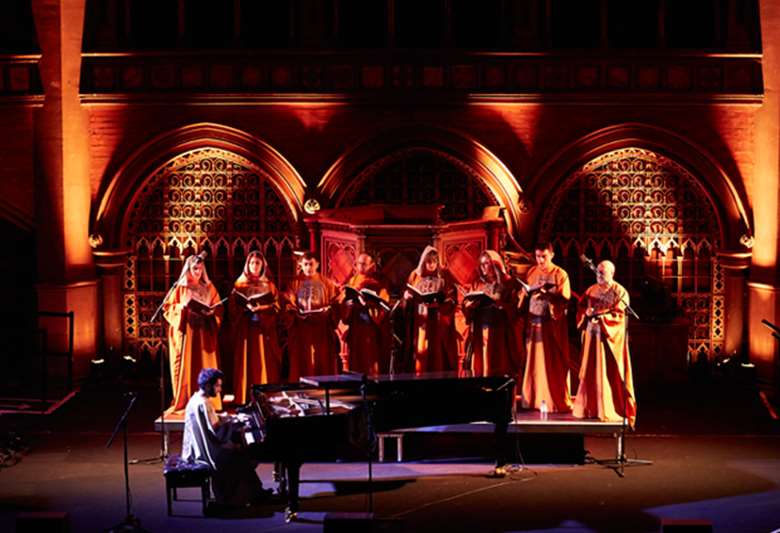Tigran Hamasyan and the Yerevan State Choir illuminate Union Chapel
Friday, October 16, 2015
“Armenian sacred music from the 5th century to the 20th century” – that reads like the title of an academic monograph – the kind of thing you’d toil over in the drafty corner of a university library, watching the night draw in and your chances of making that early morning essay deadline evaporate.


Register now to continue reading

Thank you for visiting Jazzwise.co.uk. Sign up for a free account today to enjoy the following benefits:
- Free access to 3 subscriber-only articles per month
- Unlimited access to our news, live reviews and artist pages
- Free email newsletter